Aug. 10, 2021
Many people think it is wasteful when they hear that water purifiers produce
waste water. Some people are entangled with the amount of waste water when they
buy water purifiers, and even give up buying water purifiers because of the
waste water problem. In fact, this is completely a fuss. Compared with the water
we use for bathing and flushing the toilet every day, this waste is not worth
mentioning! Because reverse osmosis water purifiers are generally only used for
drinking water filtration, based on the calculation of 2 liters of water per
person per day, a family of 3 will waste up to 18 liters of water per day, which
is about 6.57 tons of water a year, which is completely economically feasible.
Accepted! Below, RO Water Purifier Manufacturer will take you three steps to
understand the problem of wastewater discharge from water purifiers!
Instant Hot Ro Water Purifier
Generally speaking, the waste water we often refer to refers to the reverse osmosis water purifier. A waste water pipe is connected during the water purification process to discharge waste water. The main components are bacteria, viruses, and organic matter intercepted by the reverse osmosis RO membrane. , Heavy metal ions and other substances. After the RO membrane is energized and pressurized for a period of time, water molecules flow out from one side under the action of pressure, and the "garbage" in the remaining water accumulates on the other side of the RO membrane. When they accumulate to a certain extent , It will cause the RO membrane to be blocked and affect the service life of the RO membrane. In order to avoid this situation, scientists cleverly came up with wastewater discharge technology. It's like the human body takes the garbage out of the body by urinating!
In fact, not only reverse osmosis water purifiers, but ultrafiltration water purifiers also need to drain waste water regularly, but there is no special waste water pipe, but manually open the waste water valve, and then put a waste water container below, in the waste water. The main components of the product are still bacteria, organic matter, some heavy metal ions, etc., which are harmful to the human body. The difference between the two is that the waste water of the reverse osmosis water purifier is automatically generated and discharged every day, and the amount of water is slightly larger, because there are more impurities filtered, so this is also understandable! The waste water produced by the ultrafiltration water purifier is relatively small, and the flushing discharge cycle is also reduced to once a week!
From this perspective, there is no such thing as a water purifier that does not need to "drain waste water"!
Which Instant Hot Ro Water Purifier is better for household use cannot be generalized, but depends on actual needs. Mainly according to the user's requirements for water quality and the main purpose. However, in the current form of residential communities, basically the secondary water supply, there is a great potential for secondary pollution, the editor strongly recommends the installation of anti-seepage water purifiers. In addition, from the perspective of environmental protection and money saving, ultrafiltration water purifiers may be more cost-effective. Choose according to your own economic conditions!
Previous: Why We Drink Soda Water
Next: How to Verify the Filtering Effect of the Water Purifier Bought Home?
The New Second-Generation Instant Water Purifier Was Successfully Developed
How to Verify the Filtering Effect of the Water Purifier Bought Home?
Does the Activated Carbon in the Water Purifier Need to be Replaced Regularly?
What is the Difference Between Drinking Water, Purified Water and Soft Water?
How to Identify the Water Quality of Your House in a Simple Way?
What Role Does Each Filter Element of the Water Purifier Play?
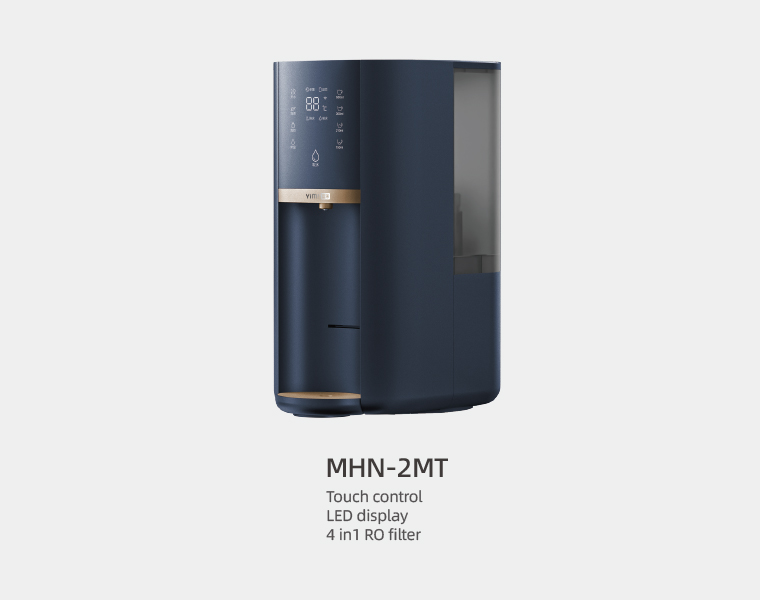
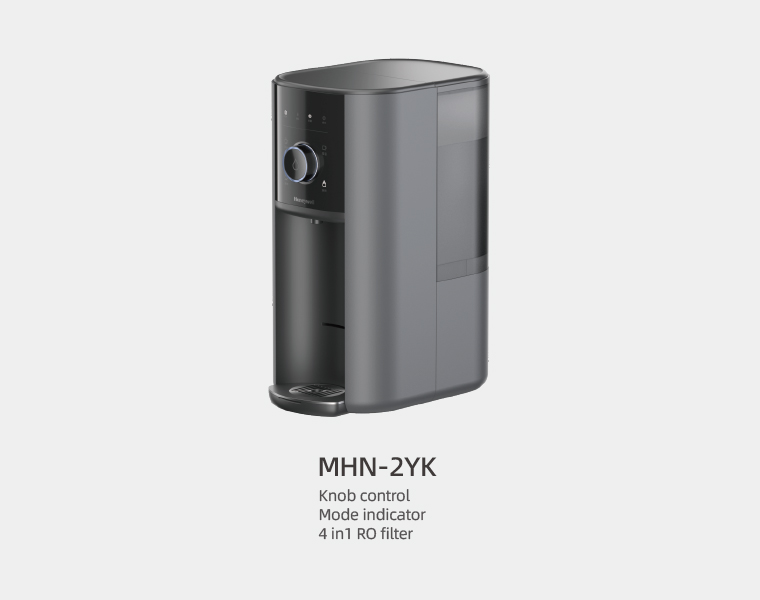
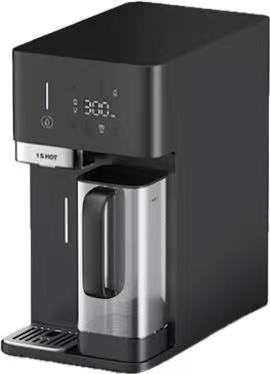
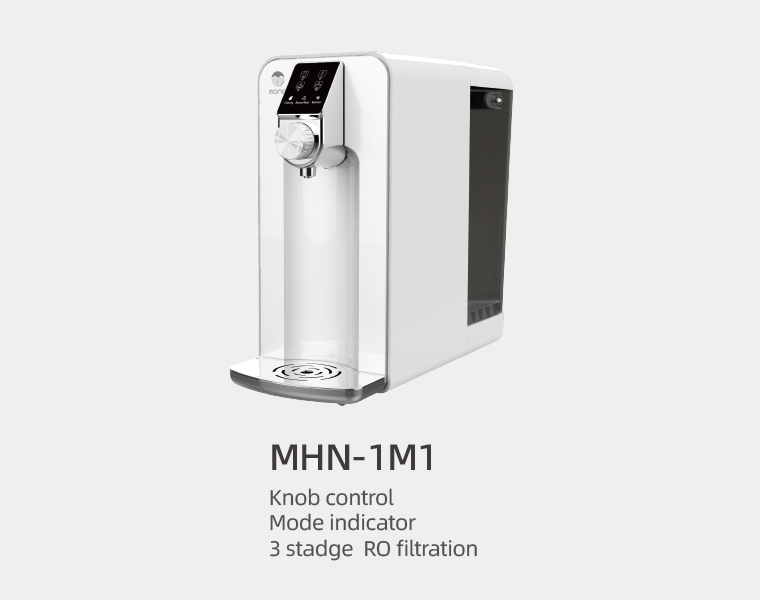
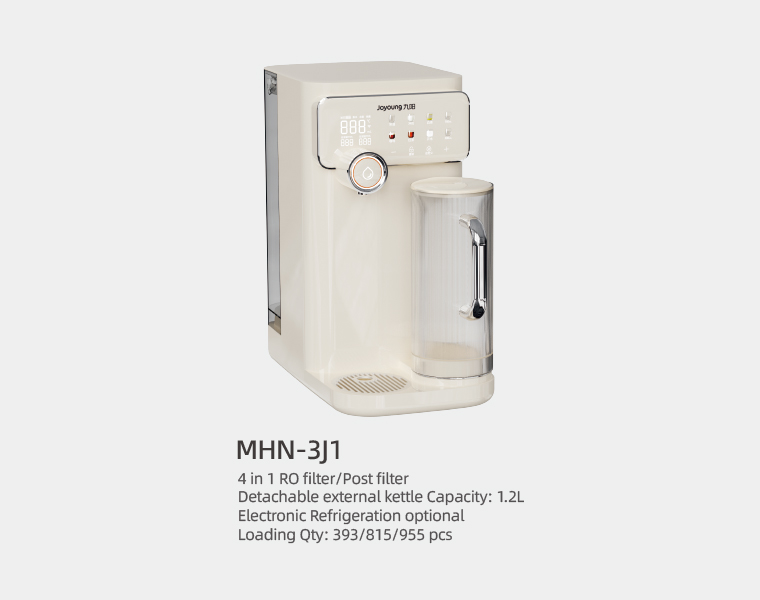
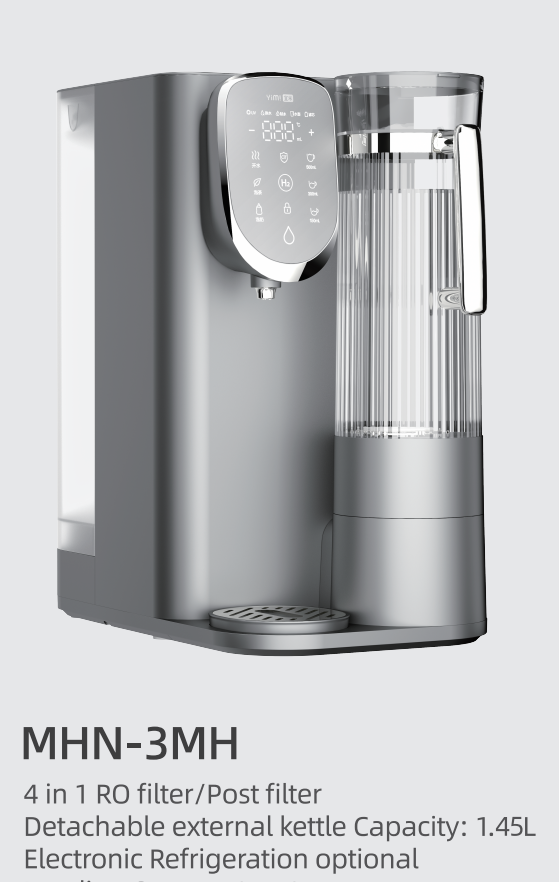
Shaoxing Mona Water Purification Technology Co., Ltd.
Tel.: +86 18520999733
E-mail: liyanrui@hzmona.com
Add.: Floor 2-3 and Room 102 of Floor 1,Building B,Supor Mating Industrial Park(No.88 Wangdou Road),No.301,Tanggong Road,Doumen Street, Yuecheng District,Shaoxing City,Zhejiang Province
Follow Us
